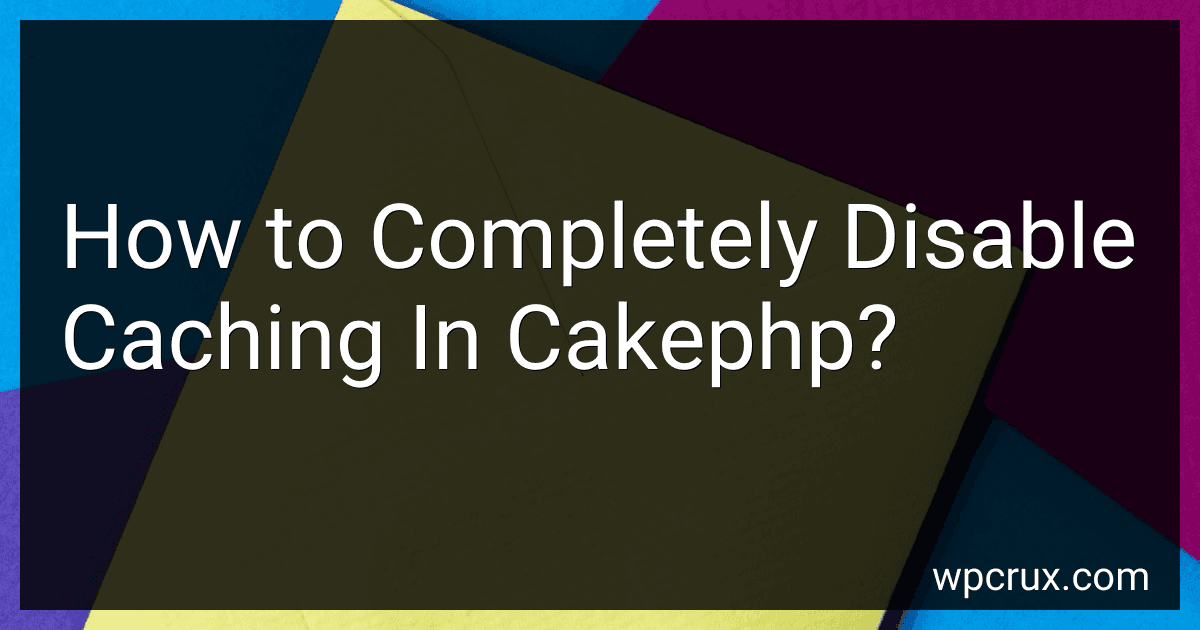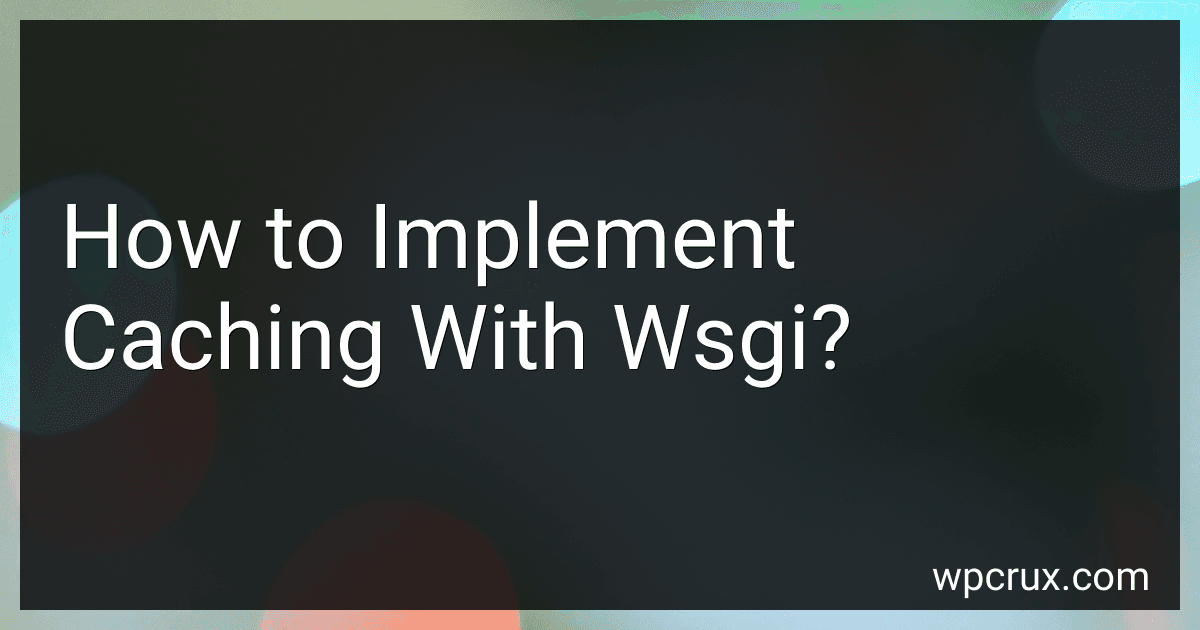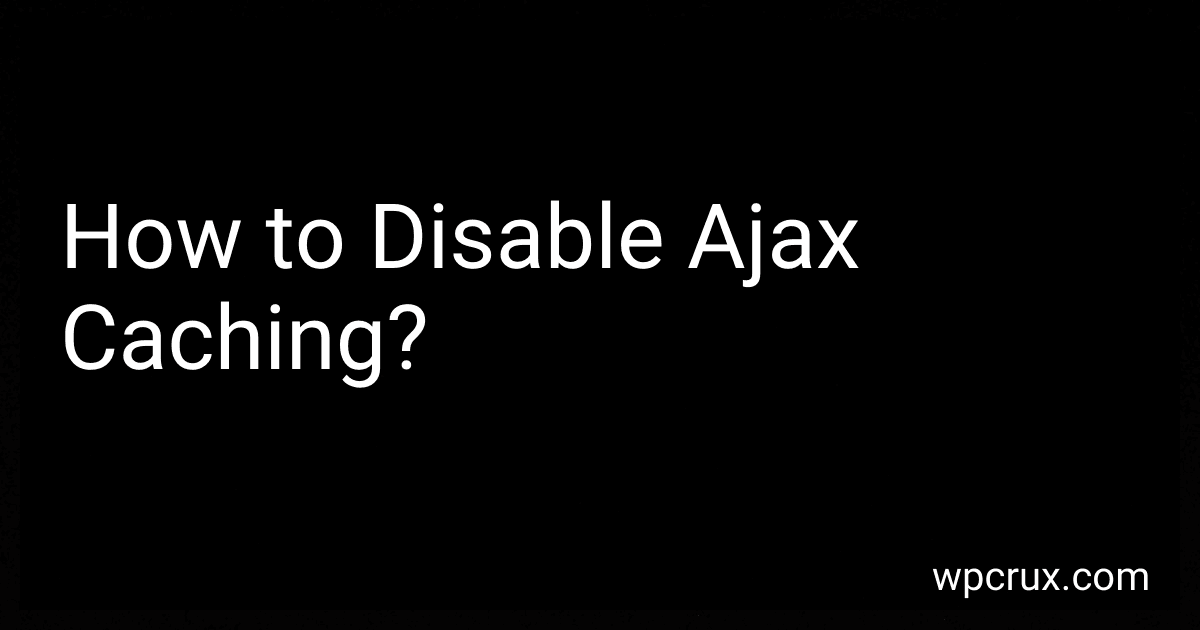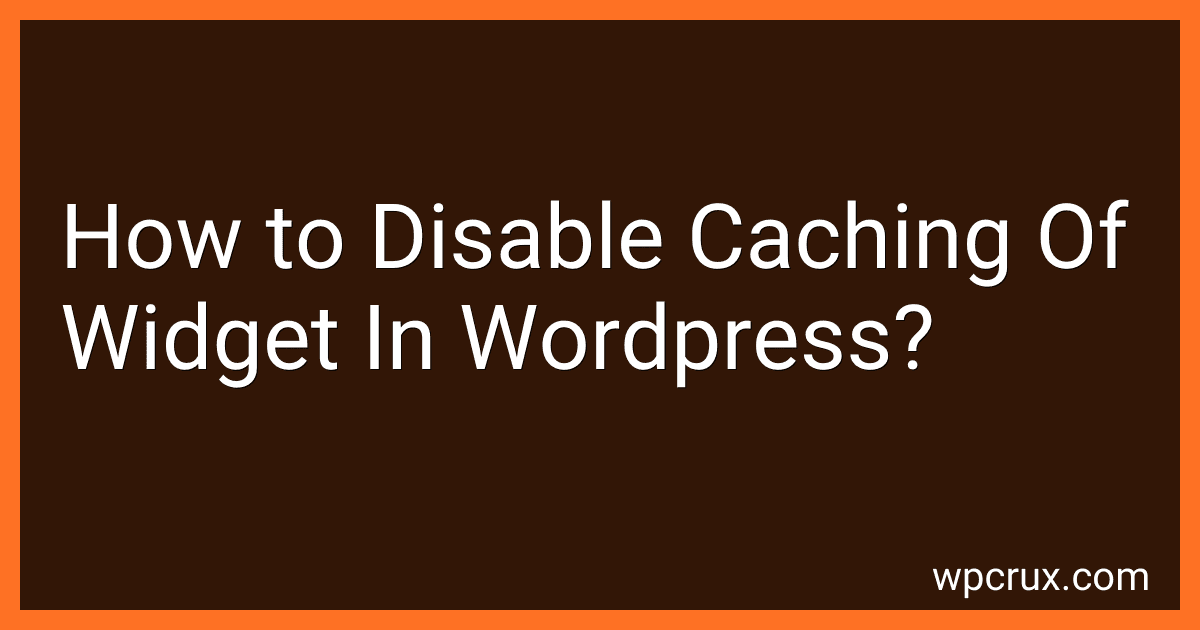Posts (page 10)
-
 5 min readIn SPARQL, merging refers to combining the results of two or more queries, typically using the UNION operator. This allows you to retrieve data from multiple sources or patterns in a single query. Merging in SPARQL can be useful when you want to retrieve related data or perform a more complex query that involves multiple patterns. By using the UNION operator, you can merge the results of multiple queries into a single result set, making it easier to analyze and work with the data.
5 min readIn SPARQL, merging refers to combining the results of two or more queries, typically using the UNION operator. This allows you to retrieve data from multiple sources or patterns in a single query. Merging in SPARQL can be useful when you want to retrieve related data or perform a more complex query that involves multiple patterns. By using the UNION operator, you can merge the results of multiple queries into a single result set, making it easier to analyze and work with the data.
-
 4 min readThe best solution for htaccess caching typically involves leveraging various directives within the .htaccess file to efficiently cache content on a web server. One common approach is to use the "mod_expires" module, which allows you to set expiration times for different types of files (e.g., images, CSS, JavaScript). By specifying longer expiration times for static files that rarely change, you can reduce the amount of requests made to the server and improve page load times for visitors.
4 min readThe best solution for htaccess caching typically involves leveraging various directives within the .htaccess file to efficiently cache content on a web server. One common approach is to use the "mod_expires" module, which allows you to set expiration times for different types of files (e.g., images, CSS, JavaScript). By specifying longer expiration times for static files that rarely change, you can reduce the amount of requests made to the server and improve page load times for visitors.
-
 4 min readTo completely disable caching in CakePHP, you can modify the configuration in the core.php file located in the app/Config directory. In this file, you can set the 'Cache.disable' configuration parameter to true. This will prevent CakePHP from using the caching features and all cached data will be ignored. Additionally, you can also set the 'Cache.check' configuration parameter to false to disable reading from the cache altogether.
4 min readTo completely disable caching in CakePHP, you can modify the configuration in the core.php file located in the app/Config directory. In this file, you can set the 'Cache.disable' configuration parameter to true. This will prevent CakePHP from using the caching features and all cached data will be ignored. Additionally, you can also set the 'Cache.check' configuration parameter to false to disable reading from the cache altogether.
-
 6 min readIf you want to stop Opera from caching a page, you can try clearing the browser cache or using the incognito mode while browsing. This will prevent the browser from storing any cached data for that specific page. Additionally, you can also disable caching in Opera's settings by going to the advanced settings menu and unchecking the option for caching webpages. This will ensure that Opera does not store any cached data for the page you are trying to access.
6 min readIf you want to stop Opera from caching a page, you can try clearing the browser cache or using the incognito mode while browsing. This will prevent the browser from storing any cached data for that specific page. Additionally, you can also disable caching in Opera's settings by going to the advanced settings menu and unchecking the option for caching webpages. This will ensure that Opera does not store any cached data for the page you are trying to access.
-
 6 min readTo prevent caching from jQuery AJAX, you can add a random parameter to the URL of your AJAX request. This can be achieved by adding a timestamp or a random number at the end of the URL. By doing this, the browser will treat each request as a new request, preventing it from using cached data. Additionally, you can set the cache option to false in your AJAX request to explicitly instruct jQuery not to cache the response. This will ensure that the browser always makes a fresh request to the server.
6 min readTo prevent caching from jQuery AJAX, you can add a random parameter to the URL of your AJAX request. This can be achieved by adding a timestamp or a random number at the end of the URL. By doing this, the browser will treat each request as a new request, preventing it from using cached data. Additionally, you can set the cache option to false in your AJAX request to explicitly instruct jQuery not to cache the response. This will ensure that the browser always makes a fresh request to the server.
-
 3 min readTo disable proxy caching using .htaccess, you can use the mod_headers module to control the caching behavior. You can add the following code to your .htaccess file: <IfModule mod_headers.c> Header set Cache-Control "no-cache, no-store, must-revalidate" Header set Pragma "no-cache" Header set Expires 0 </IfModule> This code sets the Cache-Control, Pragma, and Expires headers to disable caching on proxies. By adding this code to your .
3 min readTo disable proxy caching using .htaccess, you can use the mod_headers module to control the caching behavior. You can add the following code to your .htaccess file: <IfModule mod_headers.c> Header set Cache-Control "no-cache, no-store, must-revalidate" Header set Pragma "no-cache" Header set Expires 0 </IfModule> This code sets the Cache-Control, Pragma, and Expires headers to disable caching on proxies. By adding this code to your .
-
 8 min readExternal page caching in Drupal refers to the method of storing cached pages outside of the Drupal application itself, typically in a shared or dedicated cache server. This type of caching can help improve the performance and speed of a Drupal website by reducing the processing load on the server and decreasing the time it takes to generate pages for users.
8 min readExternal page caching in Drupal refers to the method of storing cached pages outside of the Drupal application itself, typically in a shared or dedicated cache server. This type of caching can help improve the performance and speed of a Drupal website by reducing the processing load on the server and decreasing the time it takes to generate pages for users.
-
 5 min readCaching with WSGI can be implemented by incorporating a caching mechanism within the WSGI application itself. This can be achieved by using a caching library such as Redis, Memcached, or a built-in caching module like in Django or Flask.The caching mechanism should be used to store and retrieve frequently accessed or computationally expensive data, such as database queries or API responses.
5 min readCaching with WSGI can be implemented by incorporating a caching mechanism within the WSGI application itself. This can be achieved by using a caching library such as Redis, Memcached, or a built-in caching module like in Django or Flask.The caching mechanism should be used to store and retrieve frequently accessed or computationally expensive data, such as database queries or API responses.
-
 6 min readCaching in Windows Communication Foundation (WCF) can be a useful technique to improve the performance of your service by storing frequently accessed data in memory. There are several ways to implement caching with WCF:One approach is to use the built-in caching features provided by the .NET Framework, such as the System.Runtime.Caching namespace. This allows you to cache data objects in memory for a specified amount of time or until they are explicitly removed.
6 min readCaching in Windows Communication Foundation (WCF) can be a useful technique to improve the performance of your service by storing frequently accessed data in memory. There are several ways to implement caching with WCF:One approach is to use the built-in caching features provided by the .NET Framework, such as the System.Runtime.Caching namespace. This allows you to cache data objects in memory for a specified amount of time or until they are explicitly removed.
-
 8 min readThe best solution for large caching in Ruby is to use a combination of in-memory and persistent caching. In-memory caching can be utilized for frequently accessed data that needs to be quickly retrieved, while persistent caching can be used for data that needs to be stored for a longer period of time or across multiple sessions.
8 min readThe best solution for large caching in Ruby is to use a combination of in-memory and persistent caching. In-memory caching can be utilized for frequently accessed data that needs to be quickly retrieved, while persistent caching can be used for data that needs to be stored for a longer period of time or across multiple sessions.
-
 6 min readTo disable AJAX caching, you can add a cache: false option to your AJAX request. This will tell the browser not to cache the response of the request, forcing it to always make a new request to the server. Alternatively, you can set the cache option to false globally in your jQuery AJAX setup. This will disable caching for all AJAX requests made using jQuery on your website.[rating:fb3fc429-8df0-4828-8494-679d6f7a32d1]How to disable ajax caching for specific URLs in Nginx.
6 min readTo disable AJAX caching, you can add a cache: false option to your AJAX request. This will tell the browser not to cache the response of the request, forcing it to always make a new request to the server. Alternatively, you can set the cache option to false globally in your jQuery AJAX setup. This will disable caching for all AJAX requests made using jQuery on your website.[rating:fb3fc429-8df0-4828-8494-679d6f7a32d1]How to disable ajax caching for specific URLs in Nginx.
-
 5 min readTo disable caching of a widget in WordPress, you can use a plugin like WP Rocket or W3 Total Cache. These plugins allow you to exclude specific widgets from being cached. Alternatively, you can add a code snippet to your theme's functions.php file to disable caching for a specific widget. This code snippet typically involves using a filter hook to bypass caching for the widget in question.
5 min readTo disable caching of a widget in WordPress, you can use a plugin like WP Rocket or W3 Total Cache. These plugins allow you to exclude specific widgets from being cached. Alternatively, you can add a code snippet to your theme's functions.php file to disable caching for a specific widget. This code snippet typically involves using a filter hook to bypass caching for the widget in question.